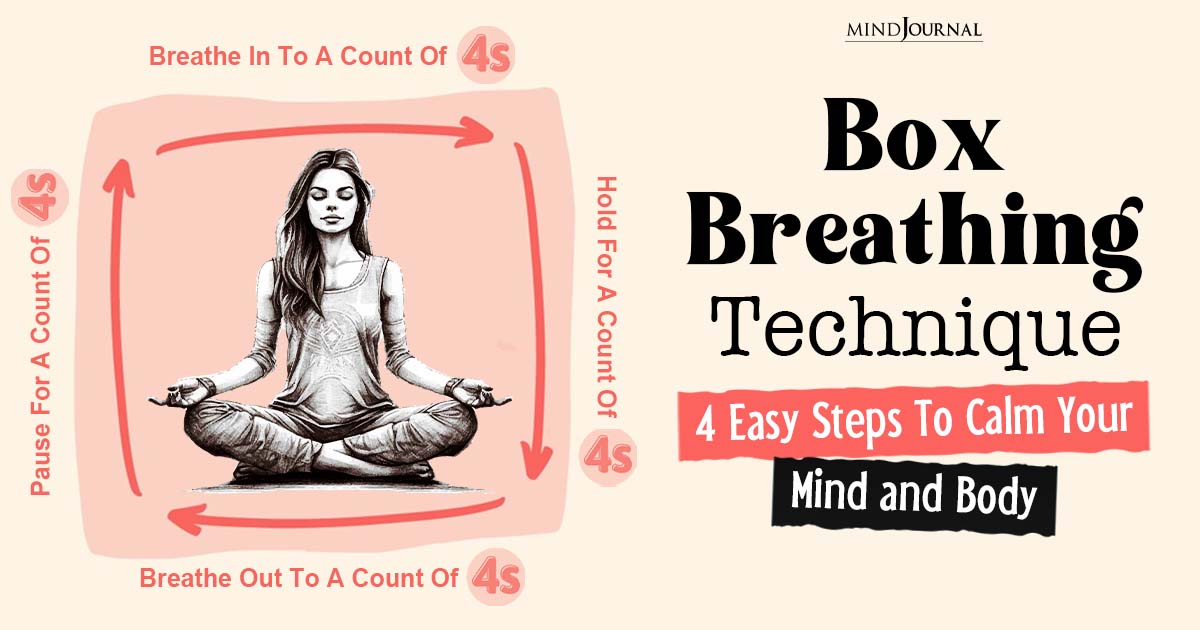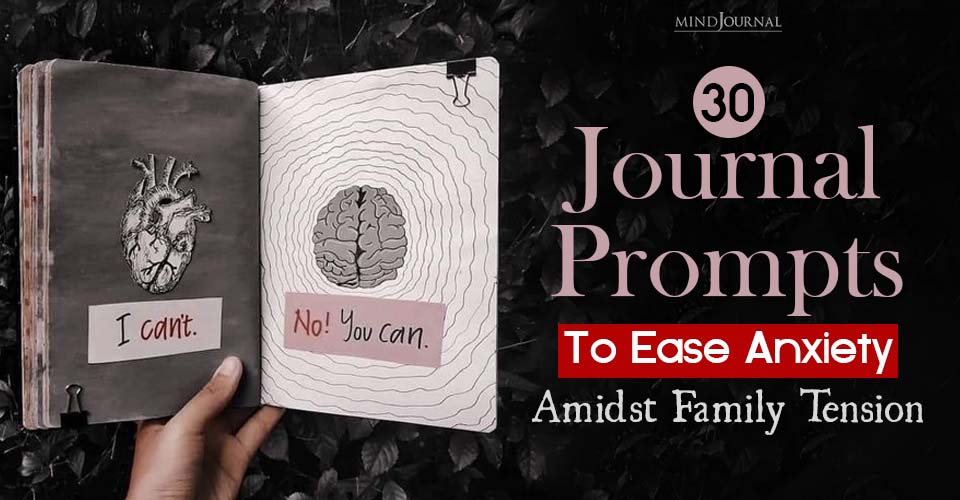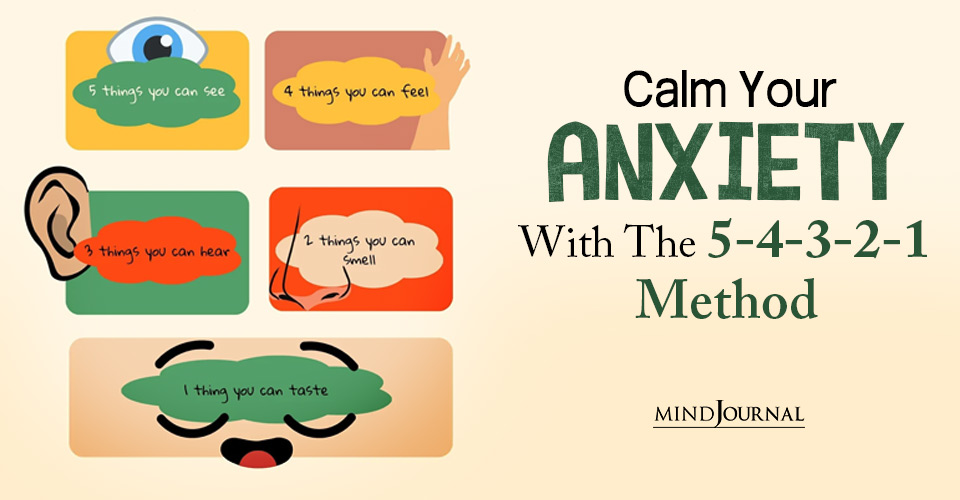Amidst the chaos and anxieties of life, you have probably come across the phrase “When in doubt, take a breath.” It may seem simple, but understanding what is box breathing technique, will help you deal with your emotions and feelings in a much healthier way.
In this guide, we will simplify the box method breathing. We will explore the benefits of the box breathing method and we will show you how to do box breathing in 4 simple steps. But first, let us begin by understanding what is box breathing.
What is Box Breathing Technique
The Box Breathing Technique, also commonly known as square breathing or four-square breathing, is a simple yet effective method that can be used to manage stress and promote a sense of relaxation and well-being.

Box breathing is a simple yet powerful relaxation technique designed to restore normal breathing patterns after a stressful experience. It offers a way to clear the mind, unwind the body, and enhance concentration.
The process involves four fundamental steps, each lasting 4 seconds:
- Inhaling
- Holding the Breath
- Exhaling
- Holding the breath again
Its effectiveness has made it a go-to practice for individuals facing high-stress situations, such as soldiers and police officers. However, it’s also incredibly relevant for anyone seeking to re-center themselves or boost their focus.
Read More: 6 Innovative Stress Relief Techniques You Must Explore
Whether you’re grappling with a hectic work environment or just looking to find a moment of calm in your day, box breathing can be an invaluable tool in your relaxation arsenal.
What Does Box Breathing Benefits
Box breathing, also known as square breathing, is not just a simple relaxation technique; it’s a powerful tool with a myriad of benefits.
The following are some of the benefits of the box breathing method:
1. Respite from Insomnia
Box breathing method is a simple technique that guides your breath into a steady rhythm, offering a path to slumber. As you inhale and exhale harmoniously, your mind quiets, paving the way for restful sleep.
Research shows that slow, deep breathing techniques have a range of therapeutic benefits. They can alleviate stress, mood disorders, asthma, and pain. However, the exploration of their impact on insomnia is limited.

Empirical studies suggests that breathing at a frequency of 0.1 Hz is the most effective rate to combat insomnia. This frequency of what is box breathing technique initiates synchronization and enhances parasympathetic activity, improving sleep onset and quality.
Read More: How To Sleep Better When You Have Insomnia
The military recognizes the effectiveness of what does box breathing do to regain the composure and reduce stress in combat situations. Regular practice can provide long-term correction of sympathetic over-arousal.
2. Respite From Hyperventilation
Anxiety and nervousness, while often experienced mentally and emotionally, also have tangible physical manifestations, and one of these is hyperventilation. It occurs when the body perceives a threat or danger, leading to changes aimed at preparing for a “fight or flight” response.
One of the primary effects of sympathetic activation is an increase in breathing rate. This rapid breathing is a natural response intended to enhance oxygen intake, preparing the body for increased physical activity to confront the perceived threat.

Research has shown that breathing slowly at a rate of six breaths per minute, as opposed to faster rates like 15 breaths per minute, can help in reducing the body’s response to increased carbon dioxide levels and decreased oxygen levels in healthy individuals.
Additionally, a study focusing on the impact of breathing rate on oxygen levels and physical performance emphasized the benefits of the six-breaths-per-minute rhythm.
This breathing pattern was found to be the most effective in enhancing the exchange of gasses in the lungs and minimizing the amount of air that doesn’t participate in gas exchange .
3. Improves Neurological Health
Slow breathing techniques can do wonders for your body and mind. They work by enhancing your parasympathetic nervous system, responsible for relaxation and rest. When you engage in what is box breathing technique, changes indicate shifts in the body’s autonomic nervous system activity.
Different breathing speeds have different effects on your body. Breathing slowly at around 6 breaths per minute can make your body more alert, while slightly faster breathing at 9-10 breaths per minute can help you relax.
Techniques like box breathing can increase this relaxing effect by balancing your nervous system, helping you feel less stressed and more at ease.
How To Do Box Breathing Exercise
Box breathing method is an uncomplicated yet remarkably effective technique that can be seamlessly integrated into your daily routine. It provides a valuable tool for achieving a state of relaxation, managing stress, and enhancing your overall well-being.
Here’s a 4 step breakdown of how to do box breathing:
Step 1: Breathe Out
Begin to exhale slowly and evenly, and as you do, count to four. This gradual exhalation helps you release all the air from your lungs. While exhaling, visualize letting go of any accumulated tension, stress, or negative thoughts.
This initial step of how to do box breathing is all about clearing the canvas, making room for what’s to come. As you release your breath, you also release the burdens that may be weighing on your mind. It’s the first brushstroke in your canvas of calm and centered mindfulness.
Step 2: Maintain Empty Lungs
Once you have completely emptied your lungs, the next phase of box breathing begins. Maintain this state of empty lungs for a count of four. During this brief interlude, allow yourself to experience profound stillness.
Imagine this as a suspended moment in time, a brief pause in the hustle and bustle of life. It’s an opportunity to exist in the present, free from any pressing concerns or external distractions.
Step 3: Slowly Inhale
Once you have emptied your lungs and embraced the calm, gently inhale through your nose for a count of four. Imagine this breath as refreshing and invigorating, filling your lungs and expanding your chest with revitalizing energy.
Understanding how to do box breathing helps you find balance and inner strength, even in challenging moments. Research shows that box method breathing can reduce your anxieties and help you to maintain proper cardiovascular health.
Step 4: Calm Down
After your deep inhalation, hold your breath for another count of four. This brief pause gives you the opportunity to fully embrace a sense of grounding, composure, and centeredness. Appreciate the peace and balance that a complete breath offers.
Now you’ve successfully completed a round of what is box breathing technique. It’s a straightforward technique that empowers you to take charge of your thoughts and emotions.
Feel free to repeat these four steps as many times as you wish. Even dedicating just 30 seconds to focused box breathing can significantly enhance your composure and inner tranquility.
Read More: Top 5 Benefits Of Yoga For Mental Health
Just Breathe
Box breathing is more than just a relaxation technique; it’s a versatile tool with a myriad of benefits. It offers respite from insomnia, allowing you to find a path to restful sleep. This method has been embraced by soldiers and police officers under high-stress conditions, proving its effectiveness in even the most demanding situations.
Additionally, box breathing provides respite from hyperventilation, a physical manifestation of anxiety and nervousness. Understanding what is box breathing technique helps you regain composure during times of turmoil, it guides you back to a state of equilibrium.
The balance between inhaling and exhaling, pausing and resuming, creates a symphony of calm in the midst of life’s turbulence. It’s a skill that anyone can cultivate, a refuge for serenity amid chaos.
Incorporate this invaluable practice into your daily routine and experience its transformative benefits. You have learned what does box breathing do and with just a few minutes a day, you can navigate the challenges of life with newfound composure and inner peace.
Frequently Asked Questions (FAQs)
1. What is box breathing technique?
Box breathing, also known as square breathing, is a controlled deep breathing method involving inhaling, holding the breath, exhaling, and pausing, each for four seconds. It is a mindfulness practice used to manage stress and promote relaxation, allowing individuals to regain control over their breath and emotions.
2. What does box breathing do?
Box breathing provides relief from insomnia by promoting a steady breathing rhythm that facilitates restful sleep. It helps ease hyperventilation caused by anxiety, encouraging controlled and slow respiration to counteract the body’s stress response. Additionally, it improves neurological health by enhancing the parasympathetic nervous system and promoting relaxation.
3. How to do box breathing?
To practice box breathing, begin by exhaling slowly for four seconds, then hold your breath for four seconds. Next, gently inhale for four seconds, and hold the breath for an additional four seconds. Repeat this sequence to achieve a calming and centered state of mind.
4. Why do military support box breathing?
The military values box breathing as a technique to maintain focus and reduce stress in high-pressure situations. Its ability to promote relaxation and mental clarity makes it a valuable tool for soldiers, allowing them to stay composed and make sound decisions even in challenging and demanding environments.
5. Is box breathing done for 4 or 5 seconds?
Traditionally, box breathing involves each phase lasting for four seconds. However, variations can be adapted to individual preferences and comfort levels. The four-second pattern is commonly followed to synchronize the breath with specific counts, ensuring a balanced and structured breathing practice.











Leave a Reply